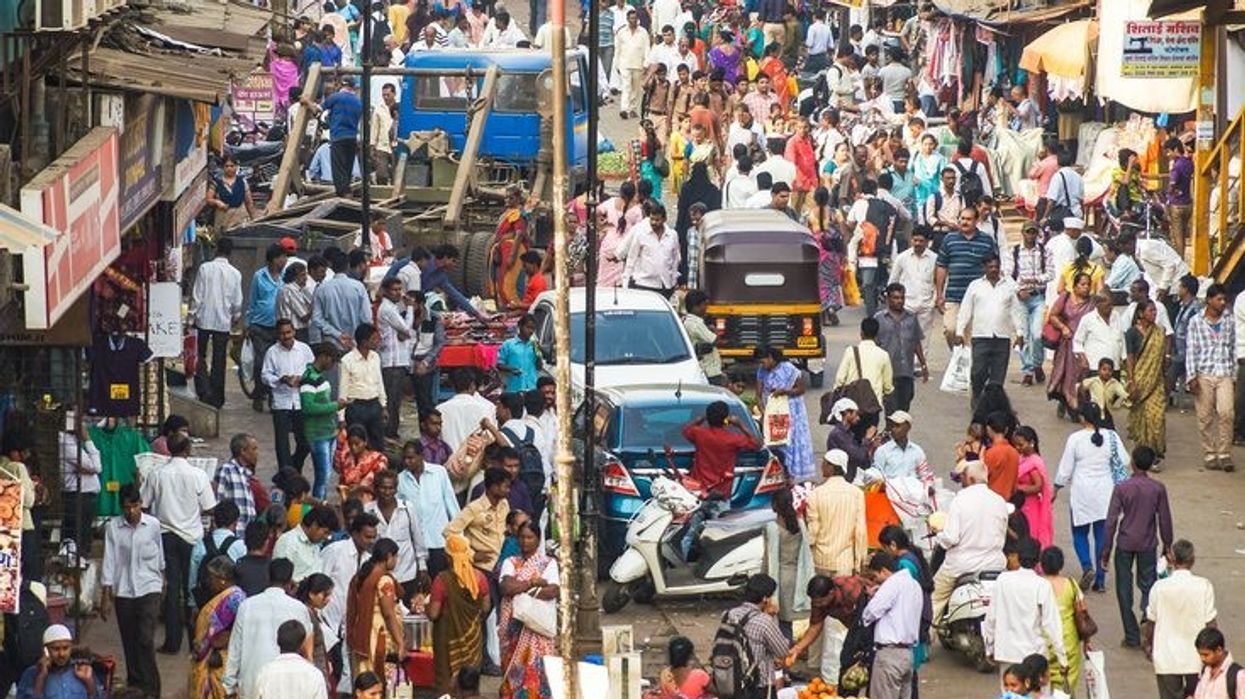India is projected to become the world's most populous country by the end of June, surpassing China, according to the UN Population Fund's State of World Population report released on Wednesday (19).
This significant change will result in India having a population of 1.4286 billion, which is about three million more than China's population of 1.4257 billion.
The shift poses significant challenges for India, which already has inadequate infrastructure and insufficient job opportunities for its large youth population.
While China has been considered the most populous country since the decline of the Roman Empire, its population decreased for the first time since 1960 last year, while India's population continues to grow.
The South Asian giant spreads from the Himalayas to the beaches of Kerala, with 22 official languages, and nearly half its inhabitants are under 25.
The country faces huge challenges providing electricity, food and housing for its growing population, with many of its massive cities already struggling with water shortages, air and water pollution, and packed slums.
According to the Pew Research Centre, the number of people in India has grown by more than one billion since 1950, the year the UN began gathering population data.
China ended its strict "one-child policy", imposed in the 1980s amid overpopulation fears, in 2016 and started letting couples have three children in 2021.
Many blame its falling birth rates on the soaring cost of living, as well as the growing number of women going into the workforce and seeking higher education.
China said on Wednesday that it "implements a national strategy to actively respond to population ageing, promotes the three-child birth policy and supporting measures, and actively responds to changes in population development".
"China's demographic dividend has not disappeared, the talent dividend is taking shape, and development momentum remains strong," said foreign ministry spokesman Wang Wenbin.
India has no recent official population data because it has not conducted a census since 2011, with a follow-up in 2021 delayed by the Covid pandemic.
The initiative is now bogged down by logistical hurdles, making it unlikely the massive exercise will begin anytime soon. Some accuse the government of deliberately delaying the count until after national elections next year.
The census will shine a spotlight on how the Indian economy under prime minister Narendra Modi is struggling to provide jobs for the millions of young people entering the job market every year.
The new UN report also estimated that the global population will have hit 8.045 billion by mid-2023, by which time almost one in five people on the planet will be Indian.
(AFP)













